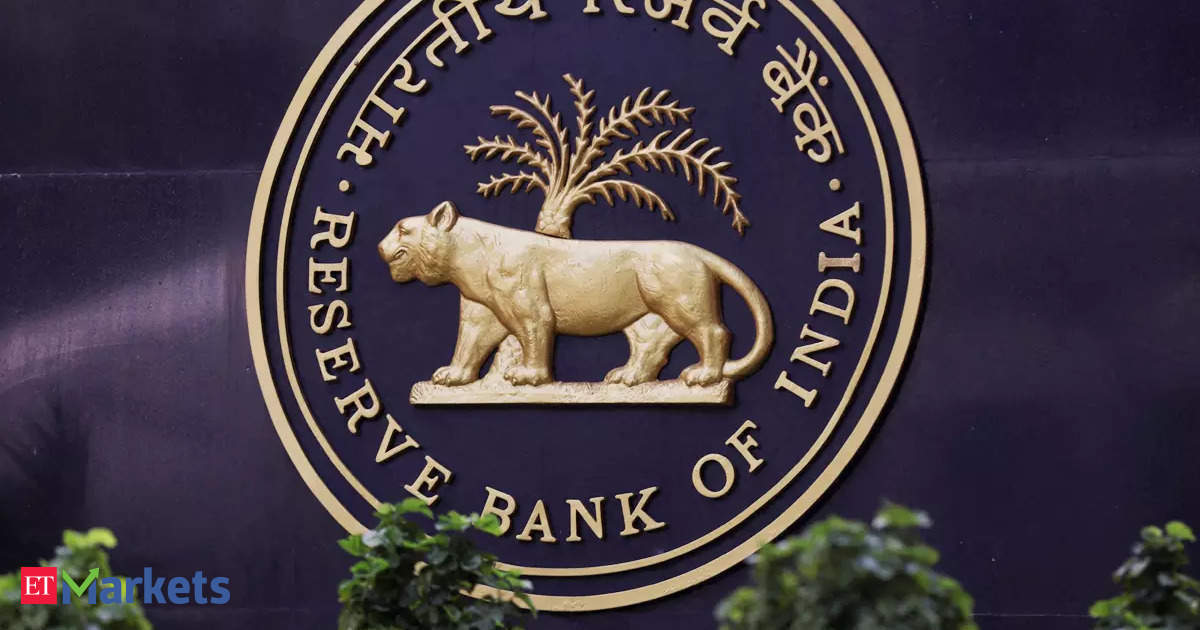Of these, $3 billion were flows solely for index-eligible bonds, bond market analysts said.
But the Reserve Bank is simultaneously increasing its stock of gold In reserves, it made aggressive purchases of gold amid global uncertainties and added $3.4 billion to its reserves of the yellow metal during the month. Compare this to the entire April-June period, during which the value of gold added to reserves amounted to $3.8 billion.
“We are accumulating gold reserves, data is published from time to time,” he said. Reserve Bank of India Governor Shaktikanta Das at the post-policy press conference on April 5. “All aspects are considered while creating reservations and then we take a decision.”
The central bank’s stated objective of holding gold in reserves is primarily to diversify its foreign currency asset base, as a hedge against inflation and currency risks. The central bank has purchased 37 tonnes of gold between January and June this year compared to 16 tonnes it purchased in the entire calendar year of 2023. The RBI’s gold reserves stand at 846.76 tonnes at the end of June as per the latest RBI data. Such an increase in gold purchases despite the rise in the silver bullion Prices largely reflect the central bank’s strategy towards safety and protecting the value of its reserves amid uncertainty in the outlook caused by wars in West Asia and Eastern Europe. The Reserve Bank is one of the top three central banks accumulating gold in the first quarter of the calendar year according to World Gold Council data, with only the central bank of Turkey and China buying more gold than India. A combination of currency exchange Capital inflows and rising value of gold in reserves pushed the country’s foreign exchange reserves to a record $675 billion as of August 2. A part of the increase in reserves is largely due to an increase in NRI deposits and FDI inflows, according to the central bank. A part of the increase in reserves could also be due to appreciation of non-dollar-denominated assets against the dollar.
Overall, India’s external sector remains resilient and key indicators continue to improve.53 We remain confident that we can comfortably meet our external financing needs, according to the Reserve Bank’s August policy statement.
Disclaimer:
The information contained in this post is for general information purposes only. We make no representations or warranties of any kind, express or implied, about the completeness, accuracy, reliability, suitability or availability with respect to the website or the information, products, services, or related graphics contained on the post for any purpose.
We respect the intellectual property rights of content creators. If you are the owner of any material featured on our website and have concerns about its use, please contact us. We are committed to addressing any copyright issues promptly and will remove any material within 2 days of receiving a request from the rightful owner.

